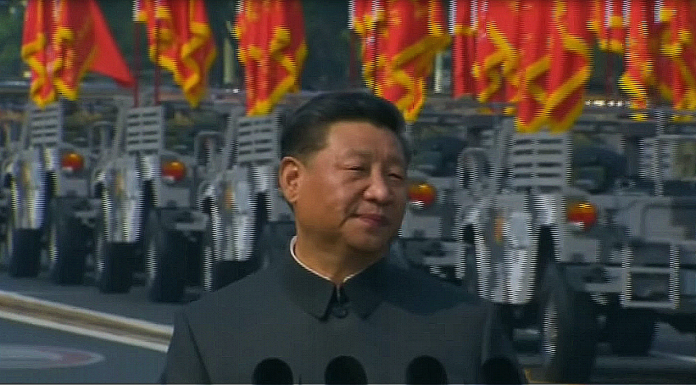The new coal-fired power plants that China built in 2020 will provide the nation with 38.4 gigawatts of electricity, despite the Chinese Communist Party’s pledge to reach net-zero carbon-dioxide emissions, Nikkei Asia reported.
China also shut down some coal plants, which had a total output of 8.6 gigawatts of electricity, meaning that nation increased its net power capacity by about 30 gigawatts—enough to power about 10 million homes.
The CCP has agreed to reach carbon-dioxide neutrality by 2060, but it has not taken any steps to achieve that goal, according to data from U.S. think tank Global Energy Monitor.
“We aim to have CO2 emissions peak before 2030 and achieve carbon neutrality before 2060,” Chinese President Xi Jinping said at a United Nations address in November.
The China Electricity Council stated in a February report that coal will remain the nation’s fundamental building block for a strong power grid.
Yu Chongde, the council’s vice president and secretary general, said coal “can contribute hugely” to China’s energy infrastructure.
A new coal-fired power plant, owned by the CCP, in the north-central province of Gansu started operating last November with high-tech equipment from Harbin Electric.
The plant produces fewer toxic pollutants, such as sulfur dioxide, as well as less carbon dioxide, an eco-friendly gas that greens the Earth and supports life.
China’s upgraded facility finds common ground between the nation’s environmental goals with its power needs.
But the nation cannot afford to eliminate coal plants, since demand continues to rise—by 3% last year despite the lockdowns—and renewable energy cannot meet it.
Last year, the Chinese expanded renewable energy by far more than coal power.
Wind power generated an additional 71.6 gigawatts while solar power generated 48.2 gigawatts.
By 2030, China expects to produce 47% of its energy needs from renewable sources and 41% from thermal sources.

